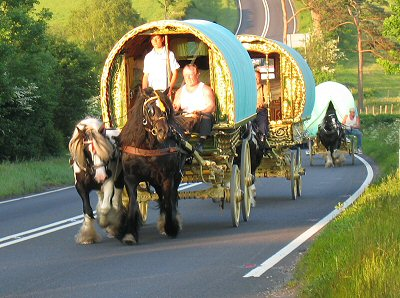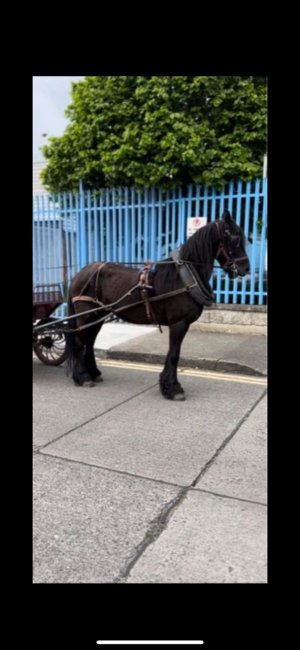Pinkvboots
Well-Known Member
The horse is lame and her riding is awful so heavy in the hand and literally sawing at the horses gob that horse must be so patient bless him.oh dear
If you rode either of mine that heavy in the hand you would be dumped on the floor.
Poor bloody horse



